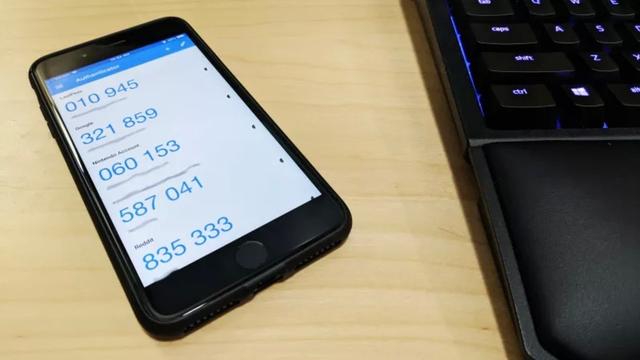Folding smartphones finally reach maturity?Possibilities for new applications
Bulky and fragile. The price is high and the shape is special. Not all apps you want to use will work. Besides, there is a crease in the center of the screen that can't be helped. Despite these shortcomings, folding smartphones will never go away.
It wasn't until late 2019 that Samsung unveiled its first foldable smartphone, the Galaxy Fold, and this bizarre gadget escaped from the fantasy world of science fiction and emerged in reality. The first series of folding smartphones was a strange, awkward, and sometimes broken device. In addition, it was quite expensive, and there was a problem with the operation of the app that makes the best use of the clunky screen with creases.
Related article: Is the folding smartphone a real breakthrough or the return of "3D TV"?
However, despite the delay in launch, Samsung, Microsoft, and Motorola's foldable smartphones are now in the hands of consumers once some technical issues have been resolved. Approximately two years after the advent of folding smartphones, the technology that shapes this device and the software that supports it are maturing.
Folding smartphones that have begun to be refined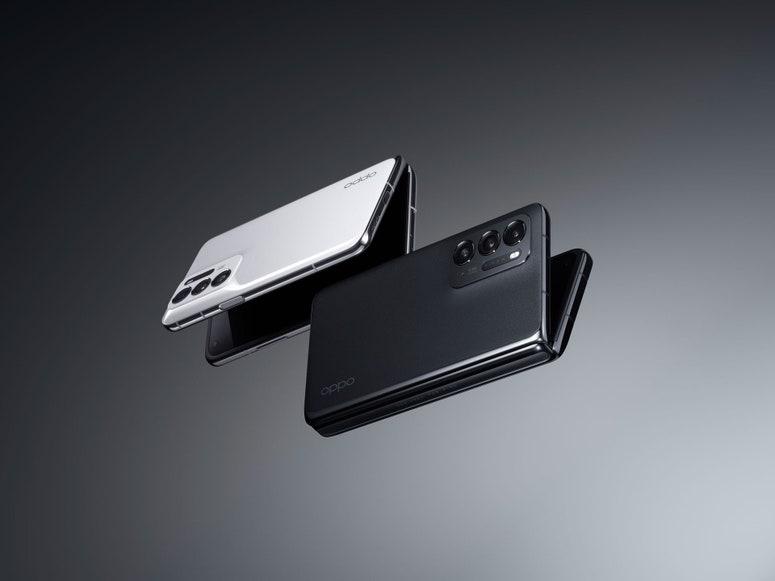
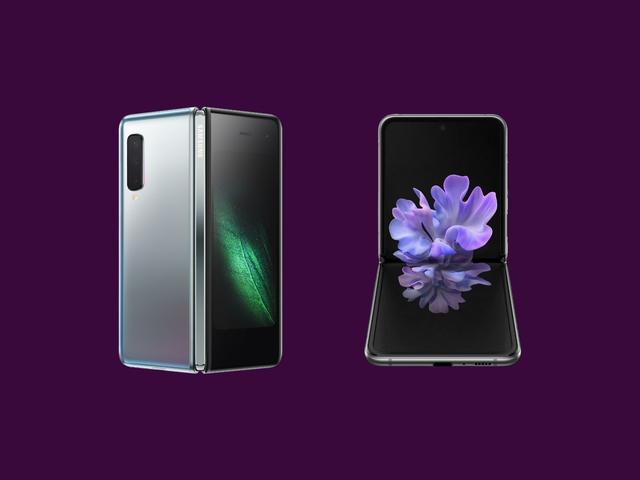
Samsung's "Galaxy Z Fold 3" is about 900 dollars (about 100,000 yen in Japanese yen), Motorola's "motorola razr 5G" is 1,400 dollars (179,800 yen in Japan), which is still expensive compared to ordinary smartphones Therefore, folding smartphones are mainly terminals for technology enthusiasts and early adopters. However, at the upcoming mobile device trade fair "Mobile World Congress (MWC)" in Barcelona, some foldable smartphones from manufacturers enthusiastic about developing foldable handsets will appear.
These movements are helping to make folding smartphones as useful as other smartphones. Some of the latest foldable smartphones, such as Samsung's Galaxy Z Fold3 5G and Galaxy Z Flip3 5G, launched six months ago, have the sophistication you'd expect from a regular, non-foldable, high-end smartphone. be.
"As folding smartphones progress to the second and third generations, the early rough edges seen on prototype devices are beginning to disappear," said Ben Wood, mobile industry analyst at market research firm CCS Insight. Tells.
Early foldable smartphones had the problems that the screen was easy to come off the body, the outer frame was too fragile for normal use, the app crashed frequently, and the creases on the screen became noticeable over time. These problems have not disappeared, but have been mitigated. The downside of folding smartphones is now at an acceptable level for many buyers.
Still, folding smartphones are a very niche market. Of the 1.5 billion smartphones sold worldwide in 2021, about 5 million were foldable smartphones. In other words, about 0.33% of smartphones in the world have a foldable screen. "It's almost within the margin of error," says Wood.
Folding startphones may be a drop in the river in the vast gadget market, but still a significant number of 5 million units. Initially a niche, it's now a product that's so attractive and convenient that it deserves to be taken seriously.

![10th generation Core i5 equipped 9.5h drive mobile notebook is on sale at 50,000 yen level [Cool by Evo Book] 10th generation Core i5 equipped 9.5h drive mobile notebook is on sale at 50,000 yen level [Cool by Evo Book]](https://website-google-hk.oss-cn-hongkong.aliyuncs.com/drawing/article_results_9/2022/3/9/4a18d0792cae58836b71b9f591325261_0.jpeg)
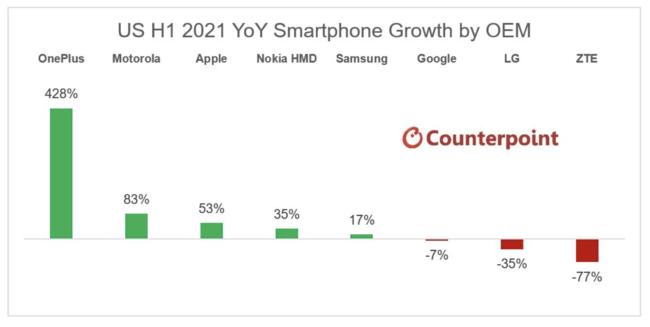
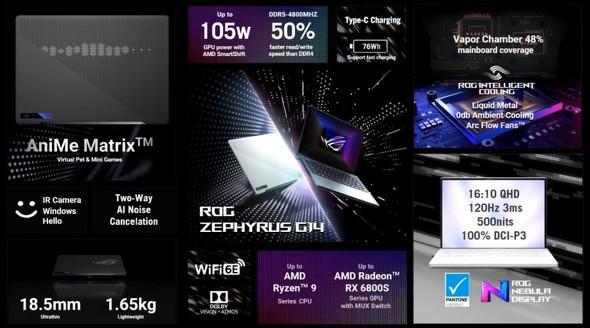

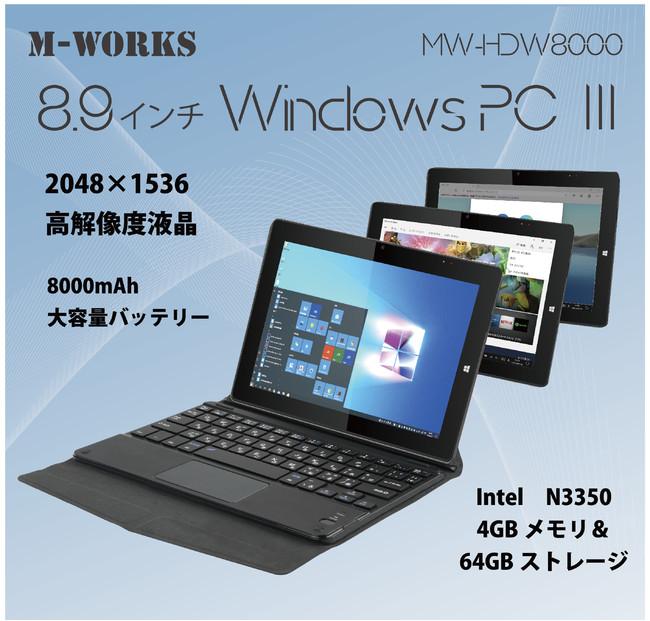
![[Amazon time sale in progress! ] 64GB microSD card of 1,266 yen and wireless earphone with noise canceling function of 52% off, etc. [Amazon time sale in progress! ] 64GB microSD card of 1,266 yen and wireless earphone with noise canceling function of 52% off, etc.](https://website-google-hk.oss-cn-hongkong.aliyuncs.com/drawing/article_results_9/2022/3/9/c88341f90bab7fe3ce1dc78d8bd6b02d_0.jpeg)
